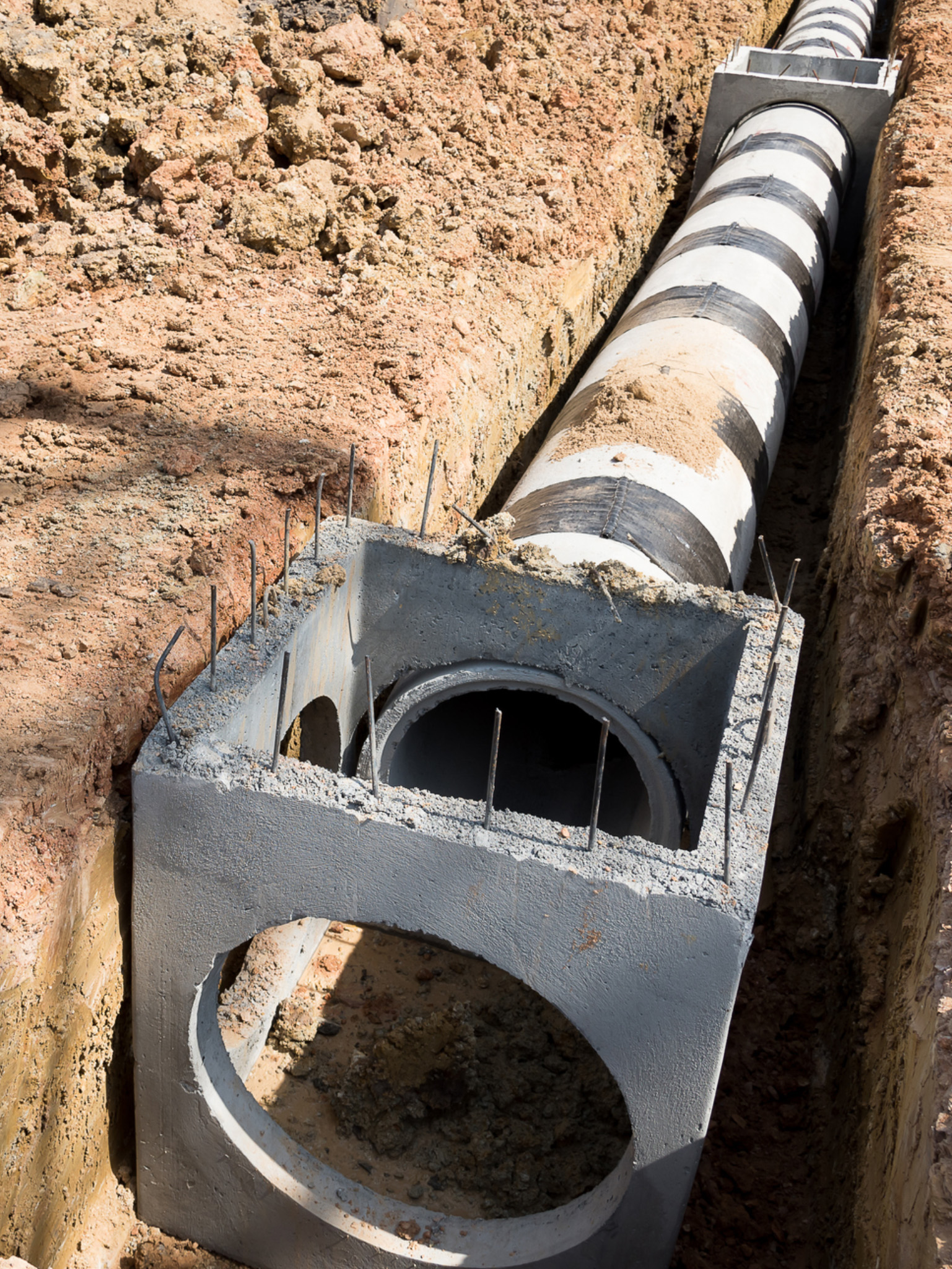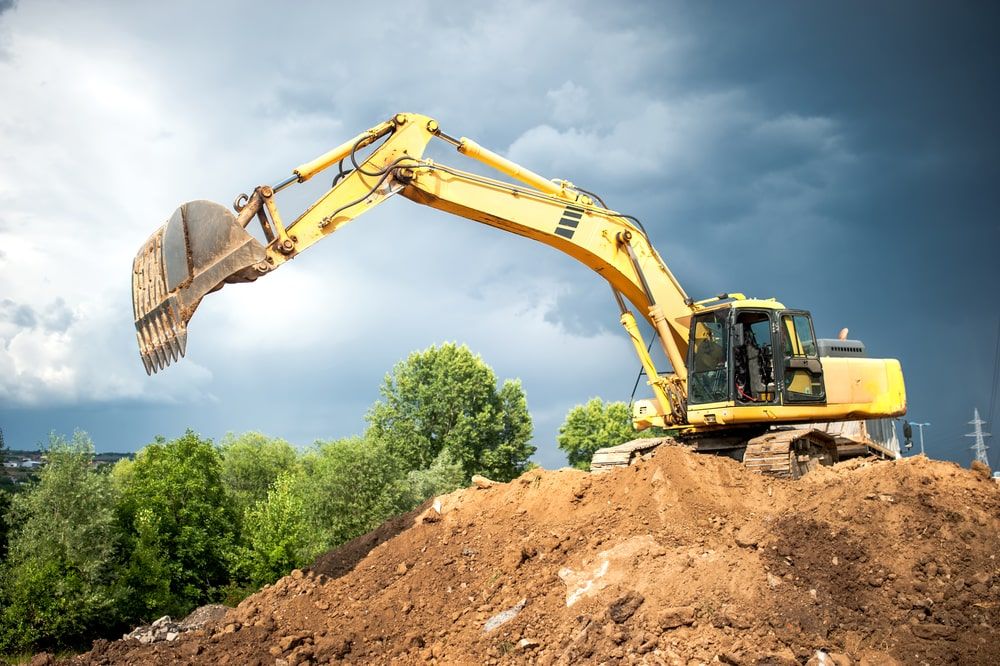Finest Dump Truck Companies in Ohio - Top-Rated Dump Truck Providers
Finest Dump Truck Companies in Ohio - Top-Rated Dump Truck Providers
Blog Article
Introducing the Art of Excavation: Pro Tips for Safe and Effective Excavating
In the world of excavation, the proficiency of secure and effective digging is an art form that requires accuracy, adherence, and understanding to well established methods. As soil is turned and earth is relocated, the intricacies of excavation disclose themselves, requiring a keen understanding of equipment, dirt structure, security protocols, and ecological factors to consider. The proficiency required to navigate these elements properly can indicate the difference between an effective excavation project and a potential calamity. By unwinding the layers of this elaborate process, a world of insights and techniques waits for those seeking to elevate their excavation skills to new heights.
Relevance of Proper Devices
To ensure the security and efficiency of any type of excavation task, utilizing the proper equipment is critical. Excavation tasks vary in extent and intricacy, ranging from little household landscaping work to large-scale building undertakings.
These functional machines come in different dimensions to suit different job needs. Miniature excavators are optimal for smaller sized jobs, while larger excavators tackle extra comprehensive jobs effectively.
Apart from excavators, various other critical devices includes dump plates, bulldozers, and vehicles. Dispose trucks are crucial for removing and moving excavated products, while plates are made use of for digging deep and narrow trenches. Excavators master tasks that require pressing big quantities of dirt or particles. By purchasing the appropriate devices, excavation tasks can be finished securely, promptly, and with accuracy.
Recognizing Soil Make-up
A thorough understanding of dirt structure is essential for performing excavation jobs with precision and safety and security. Understanding the various kinds of dirt is critical as it straight impacts excavation techniques, equipment selection, and overall task performance.
Sand bits are the biggest and supply excellent drainage however use little communication. Silt bits are smaller sized than sand yet bigger than clay, supplying moderate drain and communication. Clay bits are the smallest and supply high cohesion but bad drain. Organic issue, such as rotting plant material, impacts soil fertility and stability.
Prior to beginning excavation, carrying out dirt tests to establish its make-up and characteristics is necessary. This details helps in picking the ideal equipment, executing precaution, and creating excavation strategies customized to the particular dirt conditions - lancaster trenching. By comprehending soil make-up, excavation professionals can boost task results while making certain safety and security and adherence to ideal methods
Precaution and Procedures
Understanding soil structure is the foundation whereupon precaution and procedures for excavation tasks are developed, making certain the health of employees and the success of the undertaking. There are numerous vital steps that must be executed to mitigate risks and prevent accidents. when it comes to safety during excavation.
Most importantly, before any excavating begins, a thorough evaluation of the site should be conducted to identify any type of potential risks such as below ground utilities, unpredictable dirt problems, or close-by structures that can present a danger. It you could look here is important to have a skilled person supervise the excavation process to make certain that all security procedures are complied with strictly.
Moreover, all workers involved in the excavation must be correctly trained in secure digging techniques and the appropriate procedure of equipment. By sticking to these security measures and procedures, excavation jobs can be completed efficiently and without event.
Efficient Excavation Preparation
When beginning on an excavation job, thorough planning is essential to make sure efficiency, safety, and effective outcomes. Effective excavation planning includes a number of key steps that are crucial for the smooth execution of the project. The primary step is to perform an extensive site assessment to determine any possible hazards, such as underground utilities or unsteady dirt conditions. This details is vital for developing a detailed excavation strategy that consists of precaution and run the risk of mitigation techniques.
When the site evaluation is total, the following step is to create a clear timeline and schedule for the excavation activities. This consists of determining the series of tasks, devices needs, and manpower allowance. Appropriate organizing helps stay clear of delays and guarantees that the project remains on track.

Furthermore, interaction amongst all staff member is extremely important during the planning phase. Clear directives, normal updates, and effective control are crucial for an effective excavation task. By investing effort and time in precise preparation, excavation teams can considerably boost performance, lessen dangers, and attain successful outcomes.

Handling Environmental Factors To Consider
With increasing focus on environmental sustainability in construction methods, managing environmental factors to consider has ended up being an important aspect of excavation jobs. Excavation tasks have the prospective to impact the surrounding setting with soil disintegration, sediment drainage, environment interruption, and contamination of water resources. To mitigate these threats, it is vital to execute best methods that focus on ecological defense.

Additionally, appropriate waste management is crucial to stop dirt and water contamination. Carrying out treatments for the disposal of dangerous products, recycling of waste materials, and lessening making use of unsafe chemicals can considerably decrease the environmental influence of excavation projects. By integrating these practices right into excavation preparation and execution, try this out building and construction business can ensure that their projects are not just risk-free and productive but likewise eco responsible.
Final Thought
Finally, grasping the art of excavation calls for a complete understanding of appropriate devices, dirt composition, security procedures, and reliable preparation. By complying with these standards and taking into consideration environmental factors, excavations can be conducted securely and successfully. It is vital to prioritize safety and security and performance in every excavating job to make sure effective end results.
As soil is turned and planet is moved, the complexities of excavation expose themselves, requiring an eager understanding of tools, dirt make-up, security methods, and ecological factors to consider.To make sure the safety and efficiency of any type of excavation project, utilizing the proper devices is critical.An extensive grasp of soil make-up is fundamental for executing excavation tasks with accuracy and safety and security. Comprehending the different kinds of dirt is important as it directly impacts excavation techniques, devices selection, and overall project efficiency. By comprehending soil composition, excavation specialists can enhance task outcomes while making certain security and adherence to ideal techniques.
Report this page